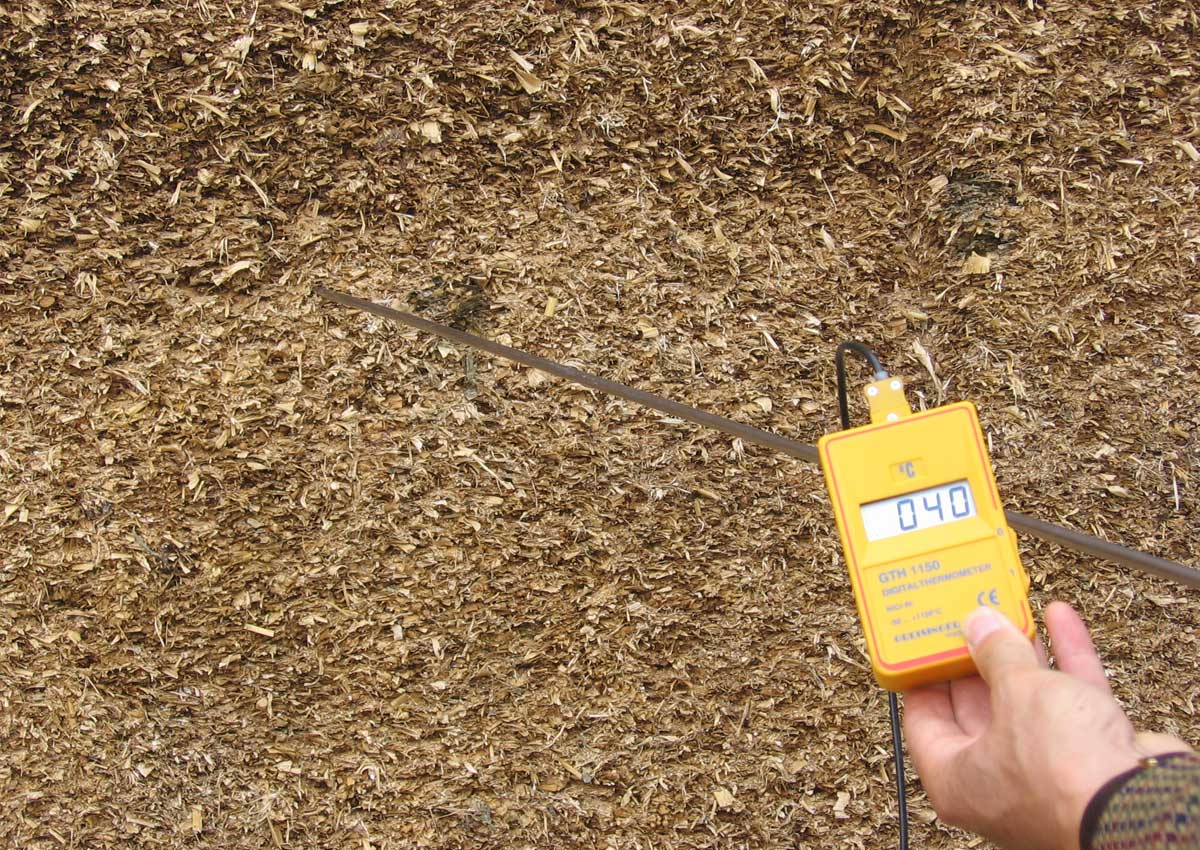Heating Up
Farmers are often faced with heating up problems. Results from the Humboldt – university in Berlin have shown that more than 50 % of the silages produced are aerobically instable. Therefore the prevention of heating up problems as well as feed and biogas substrate is a central task for farmers.
Heating Up Costs a Pretty Penny
Heating up is the main problem in most maize silages. 50 % of all maize silages in practice are affected, regardless of whether the silage is for the trough or the biogas plant. The fact is, that if the silage heated up, this is a clear signal for degradation of high digestible nutrients and losses in value.
High losses
Main cause of heating up is the development of yeasts. They degrade sugar, starch and also lactic acid, which results in both an increased pH-value and temperature. The spoilage cycle begins. As more yeasts survive in silages the faster the heating up starts. With such processes the financial losses can reach a few thousand Euros per year.
Daily losses caused by heating up (calculation sample)
- 1. Energy losses
| stable | heated up | |
| MJ NEL / kg DM | 6,6 | 6,5 |
Energy losses MJ NEL / kg DM MJ NEL / ha | - 0,1 - 1667 | |
Milk losses Liter / ha | - 530 |
- 2. DM – losses
| stable | heated up | |
| % DM | 3,5 | |
DM losses kg DM / to OS kg DM / ha | - 11,7 - 195 | |
Milk losses Liter / ha | - 410 |
On average during the heating up process 3,5 % DM-losses and 0,1 MJ NEL/kg DM energy losses can be calculated per day (table). This means, that the milk yield per ha maize decreases by 940 liter per day. As silages normally heat up for 2 – 3 days, untill feeding, 10 % and more losses are possible. Decreased feed intake and complete spoilage due to moulding are not considered.
Location of cause
Such losses are avoidable. Correct silage management is required to prevent them. Firstly it should be tested that the silage is stored under airtight conditions. Yeasts need oxygen to grow, therefore the influence of any air shall be reduced to a minimum. If this is not possible due to poor compaction or not airtight storage, than problems are pre-programmed (figure). In such silages huge amounts of yeasts will be found during feeding out time, often more than the limit value of log 5,0 CFU/g (100.000 CFU/g). As a consequence aerobic stability is not given.
